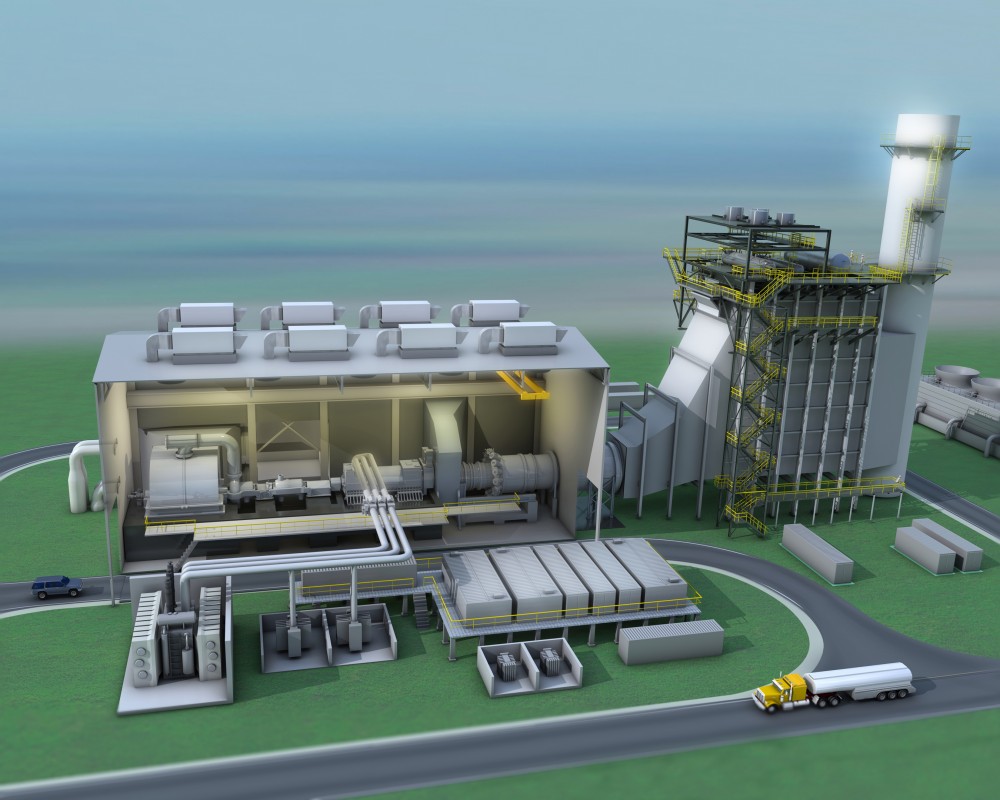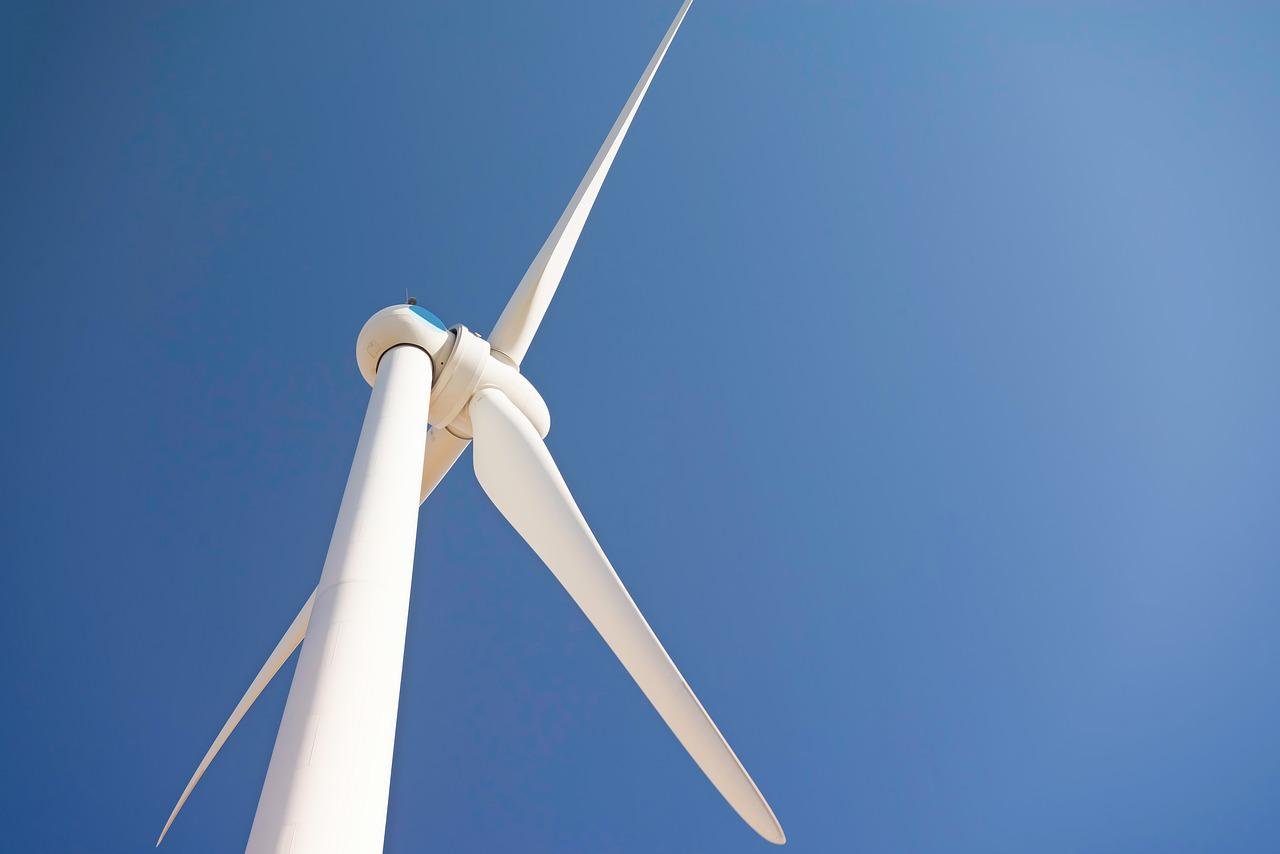Steam generated from boiling water is used across many industries and in energy production projects. Improvements in the modeling, control, and efficiency of thermal power plants and boiler performance are a sure fire way to improve overall power plant performance which differs significantly from one type of power plant to the next.
New Boiling & Cooling Technologies Becoming Hot
In the current age of new technology, new energy, and sustainability, power plant efficiency is becoming more important than ever. Efficiency calculations for nuclear power plants, combined cycle power plants, biomass power plants, and others are used as benchmarks plant management constantly seeks to improve. Improving boiling and cooling processes save lots of money and make plants safer.
Coal-fired power plants, for example, which currently account for 41% of worldwide electricity generation, may be given a new lease on life if they can be made cleaner and more efficient. Coal-fired power plant efficiency currently ranges from 32%-42%; natural gas from 32%-38%; hydro turbine from 85%-90%; wind turbine from 30% to 45%; solar from 12%-20%; nuclear from 0.27%-2%; and diesel engine from 35%-42%.
From Power Station to Home
Power stations burn coal, oil, natural gas, and methane to deliver energy to homes and businesses. These fuels are burned in furnaces and release heat energy which heats water pipes, creating steam. Steam at high pressure flows into steam turbines which turn, creating kinetic energy. Sometimes cooling towers are needed along with heat exchangers to help turbines run more efficiently. Next, turbines run generators creating electricity and then electric cables transfer electricity over wires to step-up transfer stations, pylons, step-down transformers, and finally into homes and appliances.
This complex process plays out over long distances, and in huge industrial facilities, improving efficiency is a big challenge that costs a lot of money.
Keeping Plants Cool & Safe is Expensive
Entergy, an integrated energy company involved in electric power production and the retail distribution of electricity in the southern US, recently signed a $100 million contract with Global Nuclear Fuel (GNF) to refuel its fleet of boiling water reactors thru 2021.
Not only do cooling technologies make plants more efficient, but they also make them safer. The US Congress has asked the National Academy of Sciences for a report on lessons learned from the Fukushima Daiichi nuclear accident so that safety and security in commercial nuclear power plants can be improved in the United States.
New Technologies Improving Boiling & Cooling
Engineers have designed prototype boiling water reactor power plants including the Experimental Boiling Water Reactor (EBWR), and researchers at Oregon State University are working on new ways to induce and control boiling bubble formation that would help industrial-sized boilers work better and have longer lives.
The following video discusses which type of power plant is most efficient.







